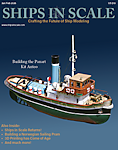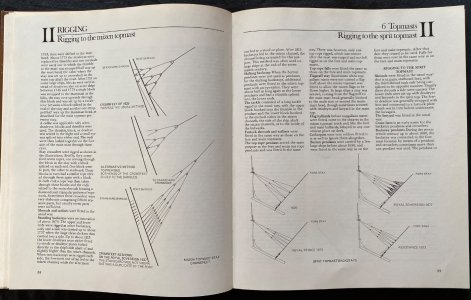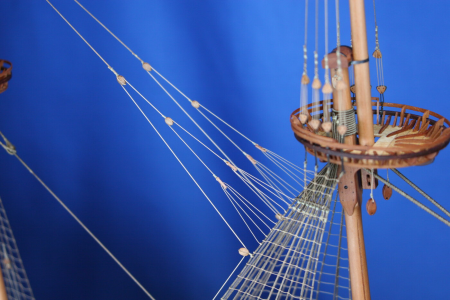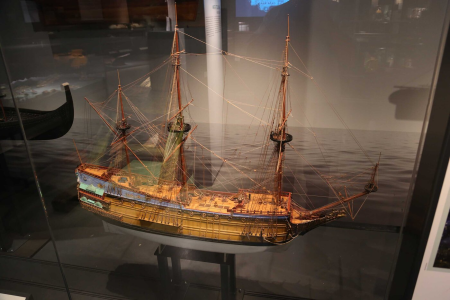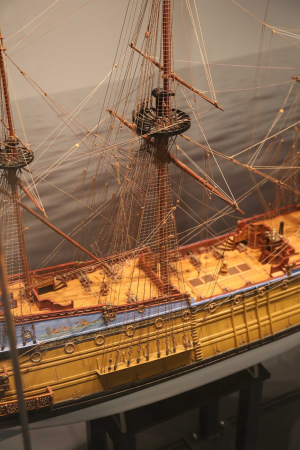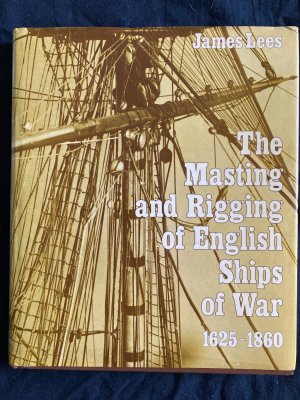Hi, I'm currently finishing up the vintage (1983) Mantua Sergal Sovereign of the Seas (more on the experience later).
Between the main and mizzen masts there are stays from the mizzen to the mainmast shrouds both port and starboard. I'm not sure if you'd call them crows feet or martnets, but I've shown them circled in red in the photo of the plans.
From an aesthetic point of view, I want to keep the blocks in as straight a line as possible, like on the plans, but I'm finding it really difficult to visualise the best way to do it because there are so many variables. I'm wondering if anyone has any tricks or techniques they might share.
Thanks!
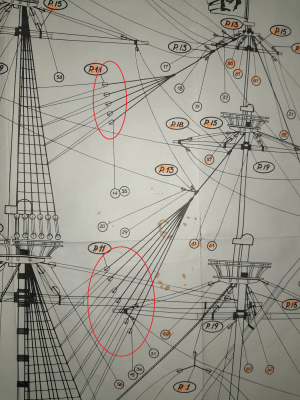
Between the main and mizzen masts there are stays from the mizzen to the mainmast shrouds both port and starboard. I'm not sure if you'd call them crows feet or martnets, but I've shown them circled in red in the photo of the plans.
From an aesthetic point of view, I want to keep the blocks in as straight a line as possible, like on the plans, but I'm finding it really difficult to visualise the best way to do it because there are so many variables. I'm wondering if anyone has any tricks or techniques they might share.
Thanks!



